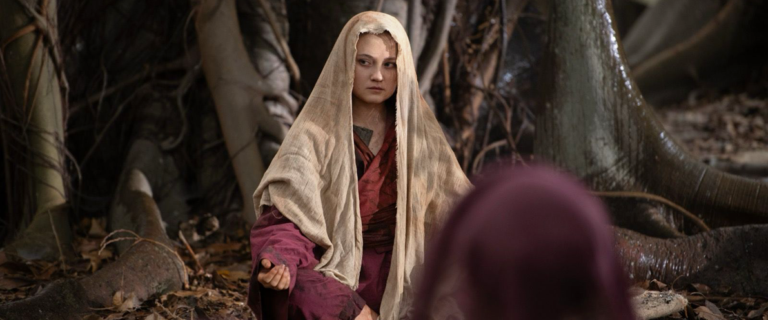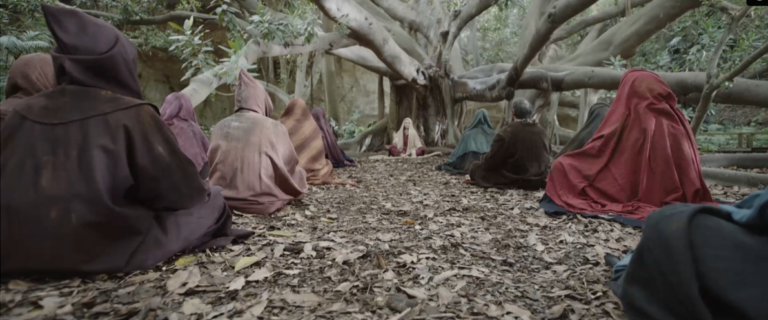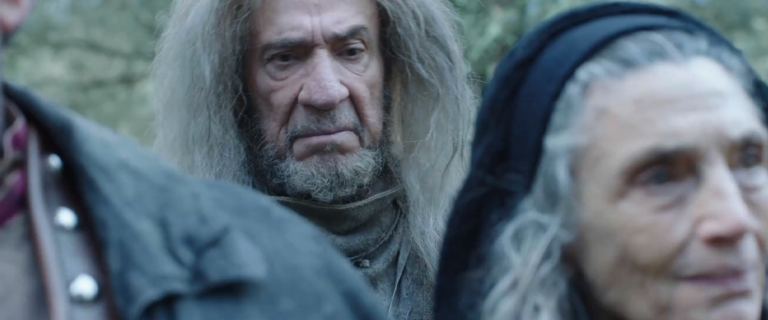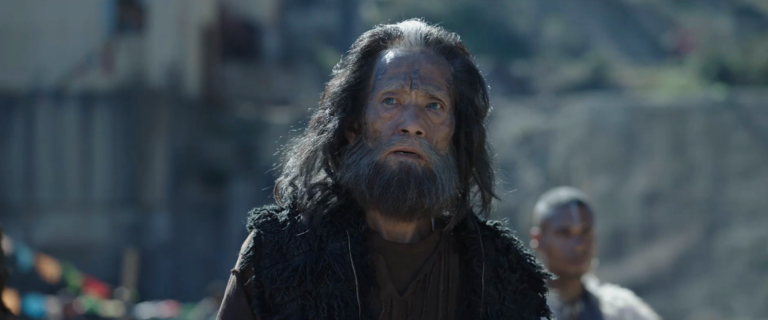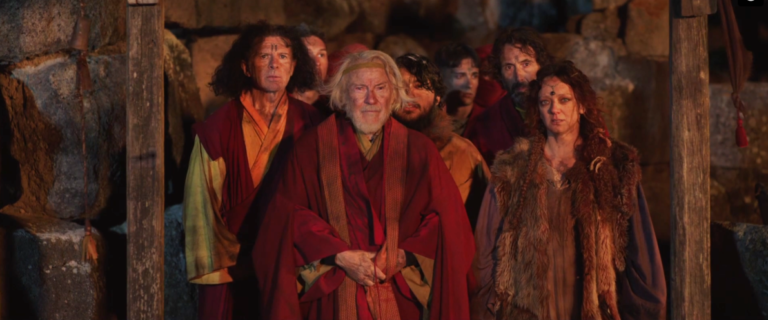Milarepa
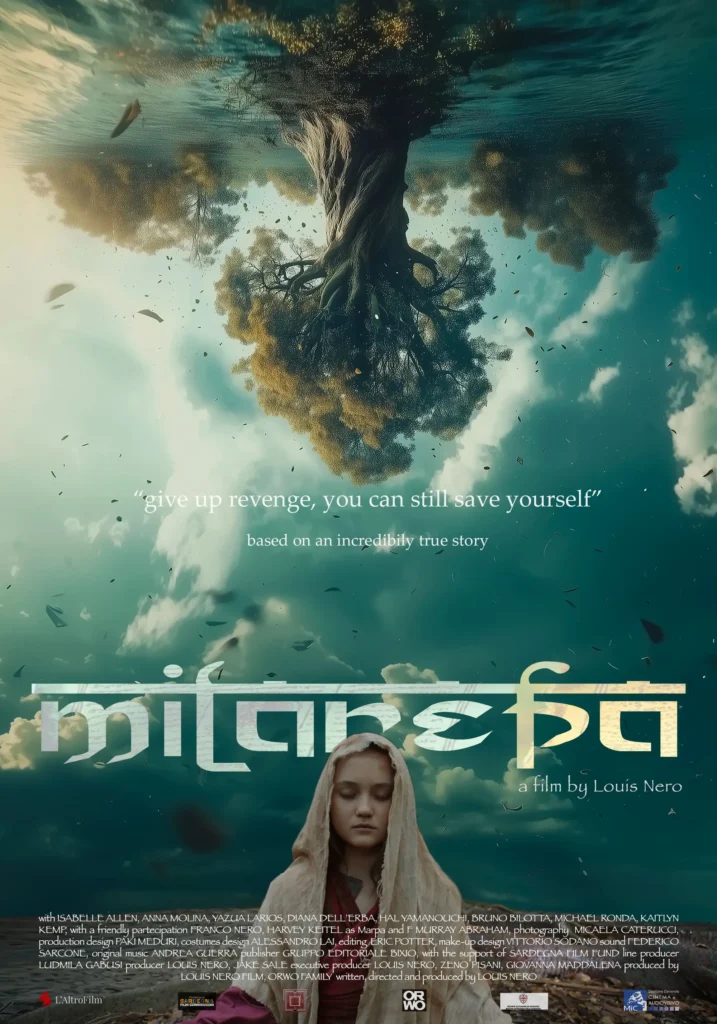


IN ITALIAN THEATRES
19th JUNE 25
Milarepa

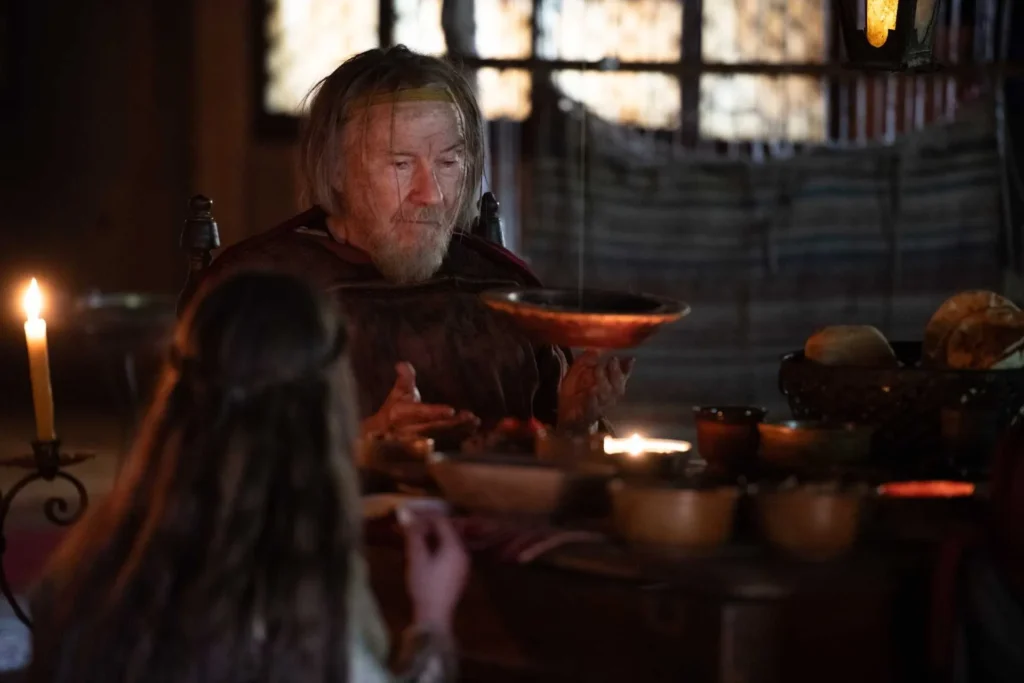
Synopsis
A post-apocalyptic world. Nature has overcome technology. Twelve-year-old Mila is devastated by the killing of her father. Mila begins a journey to redeem herself from her evil deeds.
Drama | 100 min | 2024
Subject and Screenplay | LOUIS NERO
Director | LOUIS NERO
Producer | LOUIS NERO FILM – ORWO STUDIOS
Cast | Isabelle Allen, Harvey Keitel, F Murray Abraham, Angela Molina, Diana Dell’Erba, Hal Yamanouchi, Bruno Bilotta, Iazua Larios, Michael Ronda, Kaitlyn Kemp
Milarepa
– A reworking of the science fiction genre
“Milarepa” is a sci-fi movie. It reimagines the science fiction genre in an original way, where in a primarily rural setting humanity has regressed to its origins. After the failure of technology, the human being returns to be at the center of the story, symbolically opposing the ephemerality of material things. Science leaves room for popular belief and the “ghosts” of nature. A film inspired by the mythical “Mad Max” by George Miller, replacing in an original way the advancement of the story delegated to action scenes, with a more intimate path. Highlighting the evolution of the characters through a work more focused on the actors, on the psychological traits that characterize them and their relationship with the environment. A hybrid between science fiction and reflective cinema.
– The heroine’s journey
“Milarepa” aims to tell a journey of formation, through the eyes of a female figure that is not stereotyped and is free from traditional canons. In the film, the obstacles that test the protagonist are not only physical, but above all psychological, forcing Mila to make an introspective journey and confront the terrible ambivalence of maternal love and her difficulty in forgiving those who have hurt her.
– Music as a narrative element
While this is a story that encompasses universal themes, my intention to enhance the Italian territory and traditions is also very strong. In addition to the main setting, which will feature little-known places in Sardinia, we introduce elements of Italian tradition through music in a completely original way. The music is another important and innovative element, as it takes up the musical traditions of Sardinia mixed with the songs of Tibetan origin.
– A multi-ethnic context
The story of Milarepa, however, is not only addressed to an Italian audience, but also to an international one. A film that visually integrates Eastern and Western cultures. Reflecting today’s reality, in the project I wish to recreate a world rich in mixes, with various ethnic and religious influences. The local tradition coexists with the beliefs and legends of distant places, such as Tibet. The characters and actors, intentionally, have multi-ethnic origins: European, Asian, Oriental, and Arab. A great strength. The point of view of so many ethnic groups is reflected within the characters and enriches the project. Different people meet and clash. A fleet of desperate people struggling to get out of poverty and marginalization by joining forces. It will speak to a transversal and international audience.
– Choice and direction of actors
Directing the characters have started with casting, a long process of looking for the right faces. The actors had the time to become passionate about our characters, so that they could interpret them and live them with their own physicality.
– Cinematography
Mila’s story follows the tortuous path of personal growth of the young protagonist. For this reason, I wanted to translate the inner contrast that the young woman lives into a visual dimension as well. This means creating a photograph rich in contrasts. The external shots are more static and reflect the social environment made of traditions and immutable constraints. The interiors, on the other hand, represent Mila’s inner turmoil through a more dynamic photography, preferring the use of the handheld camera. The rhythm of the story alternates between indoor spaces, with a more frenetic pace, and outdoor spaces, characterized by a slower pace to reflect the inner reflections of the protagonist. Light becomes a fundamental element in telling the story. The photography is initially shaped by faded colors and gradually becomes more colorful and brighter as Mila achieves greater self awareness.

